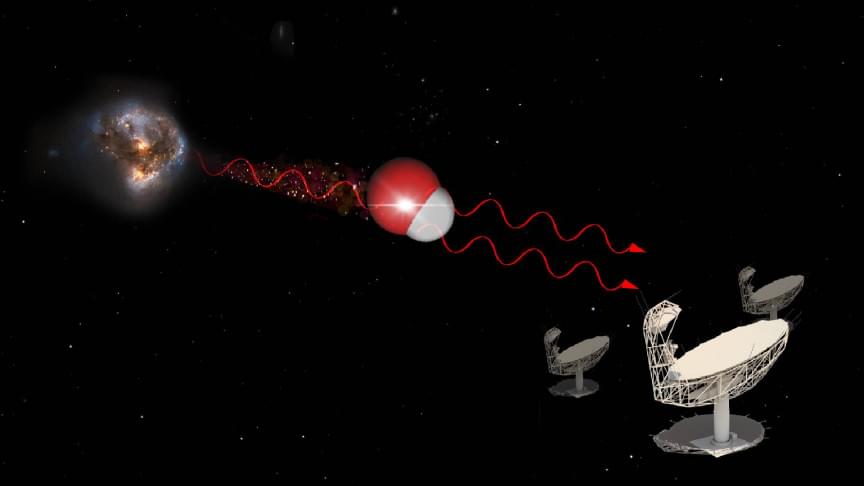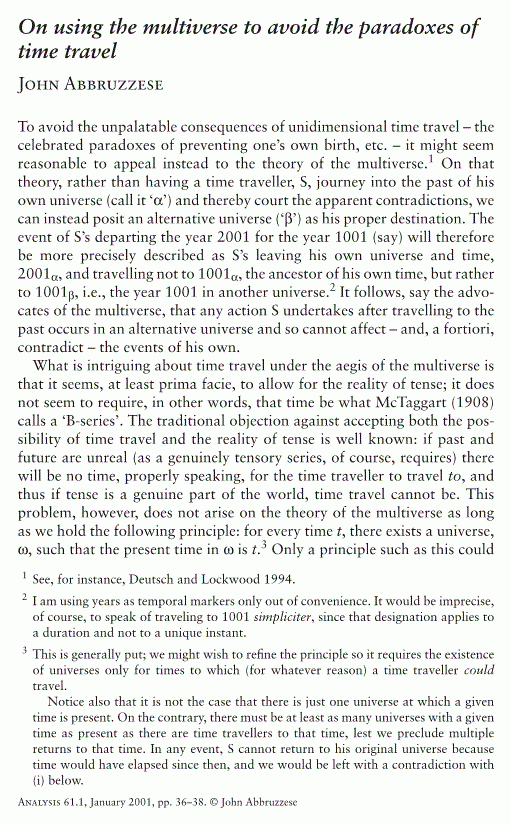Without allowing users to generate violent, adult, or political content. Back in January of 2021, OpenAI introduced DALL-E, a neural network the company said can “take any text and make an image out of it,” according to OpenAI’s chief scientist and co-founder, Ilya Sutskever. This included concepts it may never have chanced upon during training.
DALL·E 2 is a new AI system that can create realistic images and art from a description in natural language.








